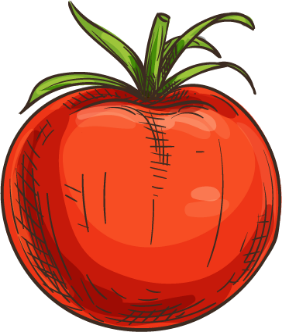Posters and Signs
The cafeteria isn’t just a place where kids eat, it’s also a learning environment where you can visually reinforce healthy food messaging through menus, activities, and events. Visual food education in the cafeteria can take on many forms—from posters depicting appropriate portion sizes to signs about salad bar etiquette.
Does educating while kids eat really work? Yes! Although the cafeteria can be a hectic setting with limited time, long lines, and social distractions, atmosphere goes a long way in forming lasting, healthy connections with food. Here is a collection of visual resources for the cafeteria.
General Posters
The Five Meal Components
This poster is designed to help students understand what they need to take in order to make a complete lunch.
Salad Bar Materials
Make a Rainbow at the Salad Bar Poster
This poster encourages students to “Make a rainbow” at the salad bar by highlighting some of the known health benefits of various colors of food.
“Lettuce + 5”
Place this tent sign on the top of the salad bar to encourage students to make colorful plates filled with fruits and vegetables. “Lettuce + 5” can be developed into a commonly used phrase to encourage kids to choose lettuce first and then add five other fruits or vegetables to their selection.
“Please Use Utensils, Not Your Hands”
Place this tent sign on top of the salad bar to support teaching students salad bar etiquette.
“Take What You Want, Eat What You Take”
Place this tent sign on top of the salad bar to remind students of proper portion control.
Salad Bar Topper
Display this eye-catching sign on top of the salad bar to attract student attention, remind them about the correct portion size, and highlight your commitment to farm to school procurement.
Salad Bar Menu Sign
Designed to be laminated and used with a dry erase marker. Let kids know what’s on the salad bar for that day by posting this menu so they can see it before entering the line.
Salad Bar Ingredients List
Label each item on the salad bar so that kids can learn the names of the foods they are eating. Labels include both English and Spanish.
Activity Stickers
“I Made a Rainbow” Sticker
Print sheets of these stickers (you can do online) and give to students as a reward for eating their full salad as part of a Rainbow Day activity.
“I Tried Harvest of the Month” Sticker
Print sheets of these stickers (you can do online) and give to students as a reward for tasting a locally grown food as part of a Harvest of the Month activity.
Collector Cards
Harvest of the Month Collector Cards*
These collector cards engage students in learning about local farmers, farms, and produce in a fun and engaging way. The cards serve as an incentive and educational tool and may be distributed as a reward to students who choose to eat the Harvest of the Month produce, or as an educational tool.
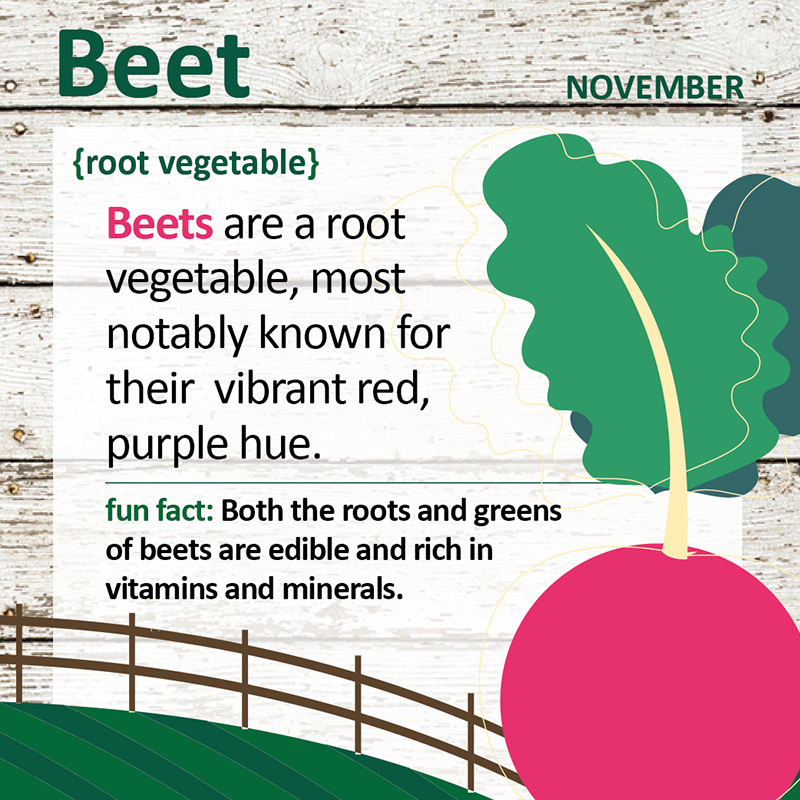
Beet Card
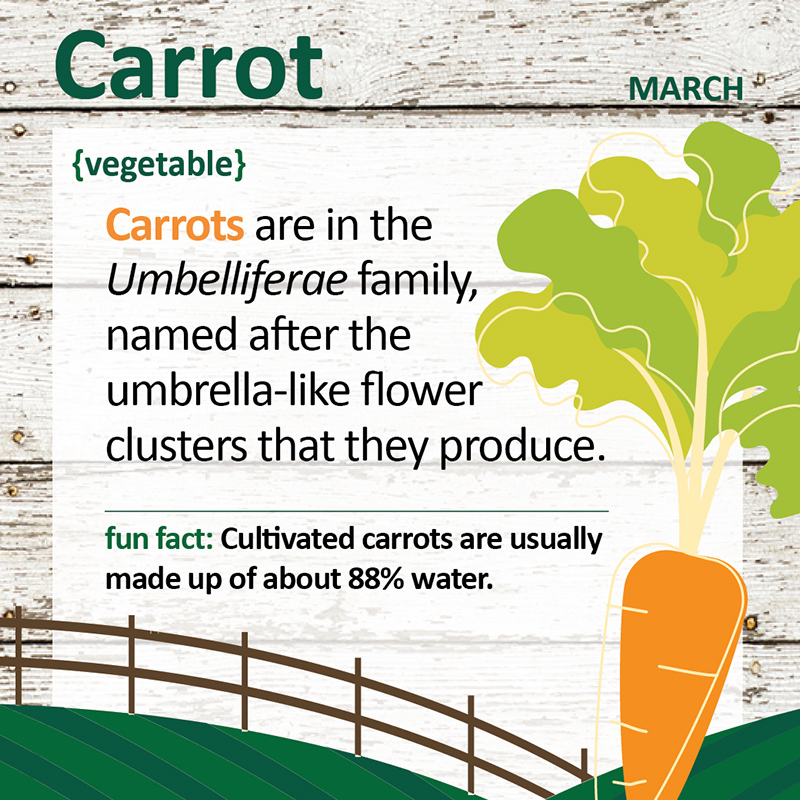
Carrot Card
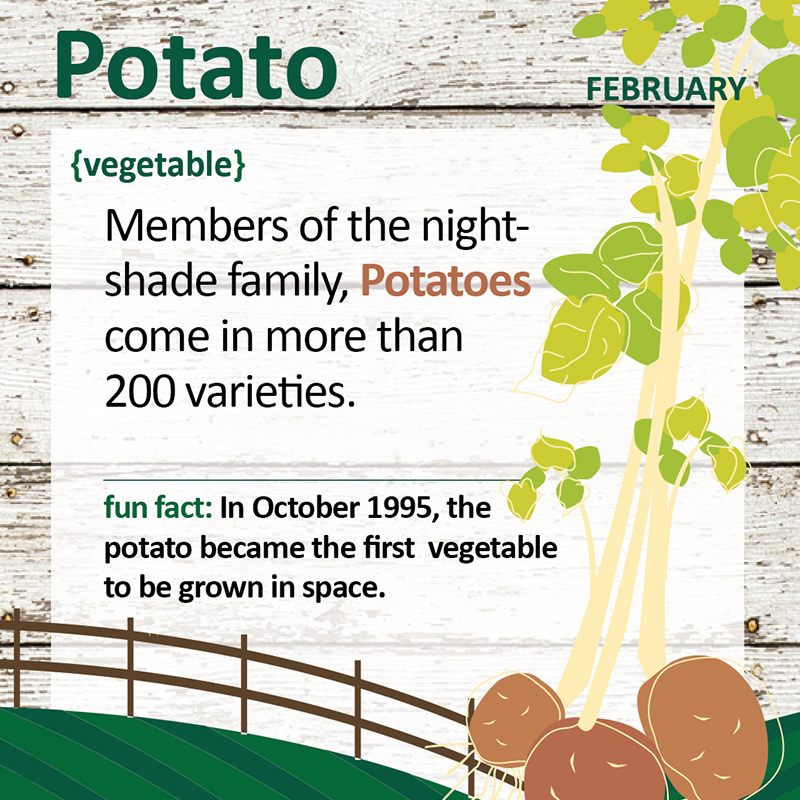
Potato Card
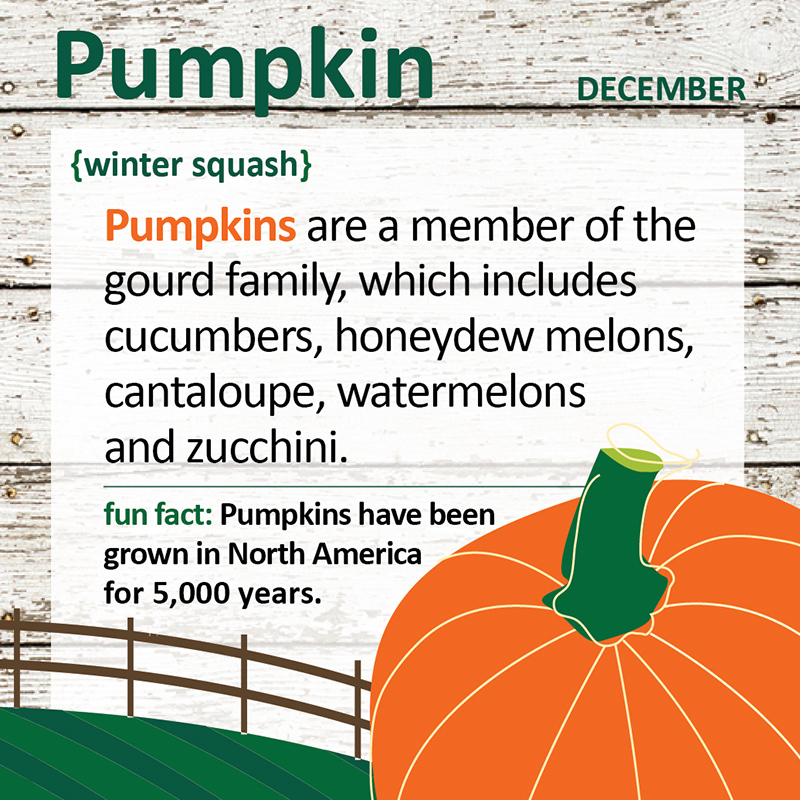
Pumpkin Card
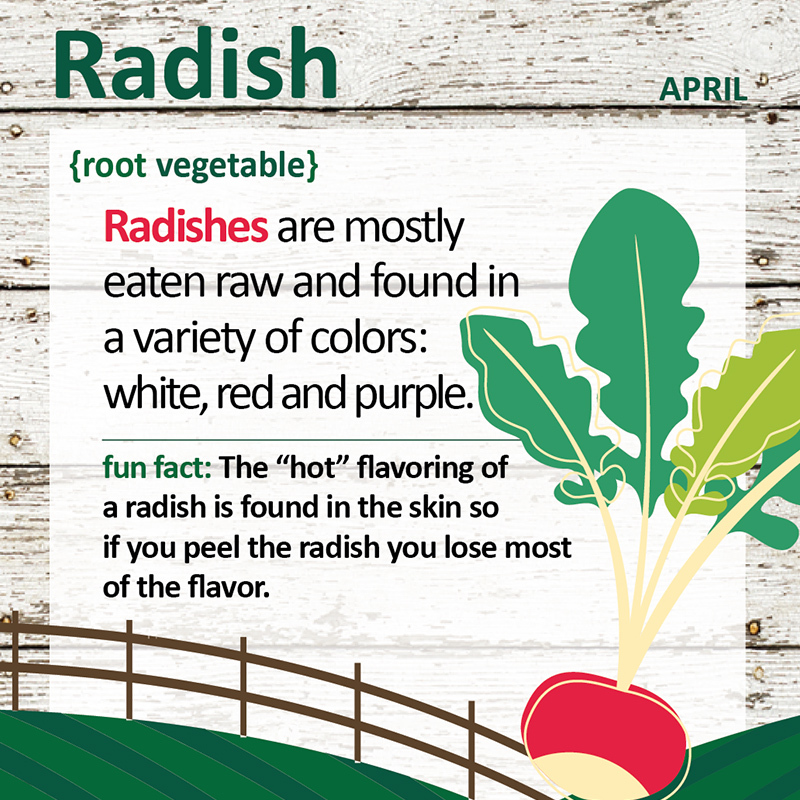
Radish Card
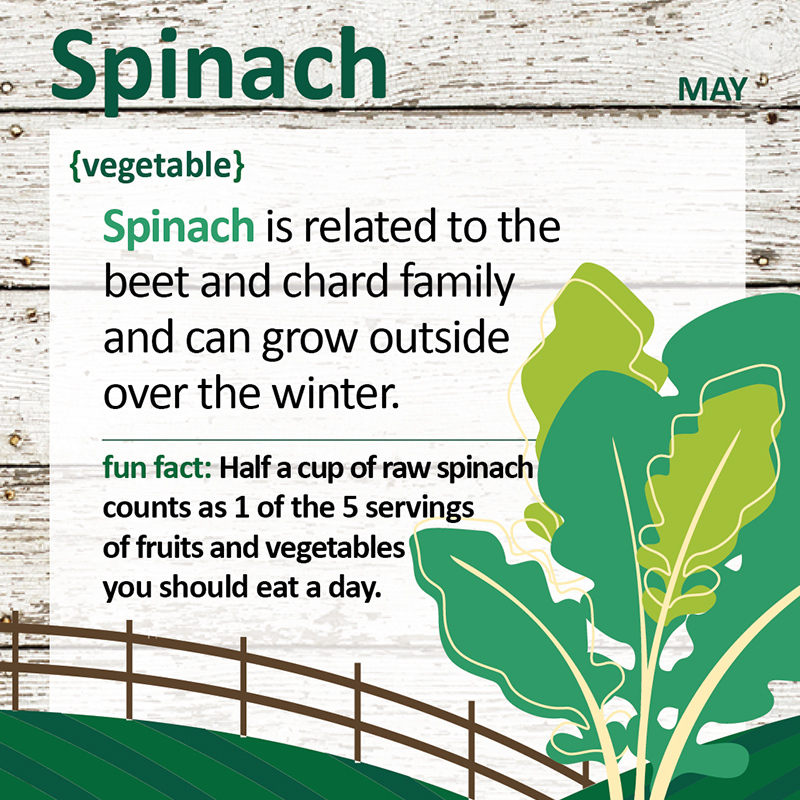
Spinach Card
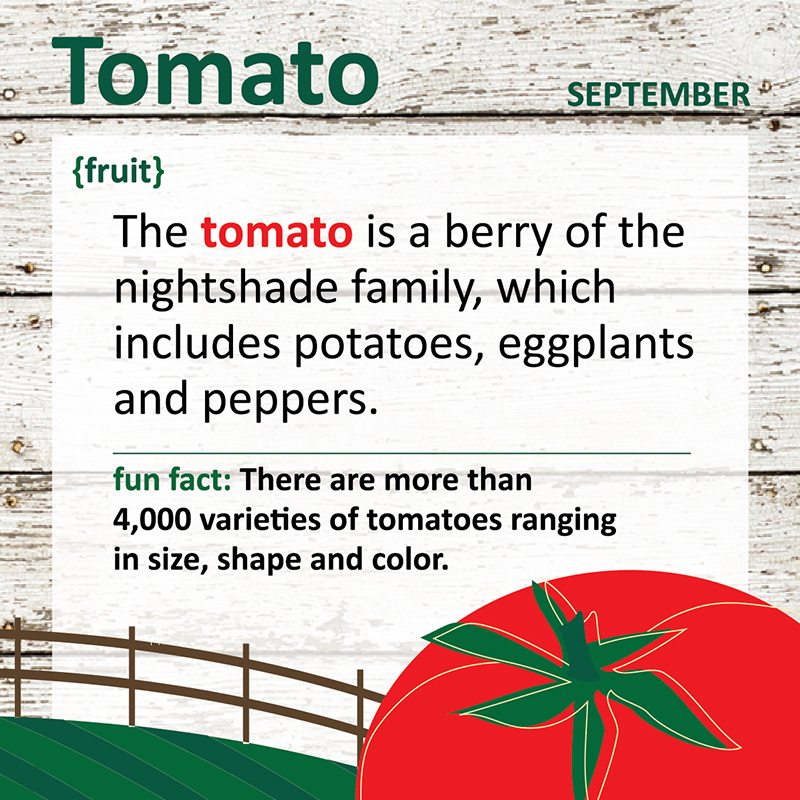
Tomato Card
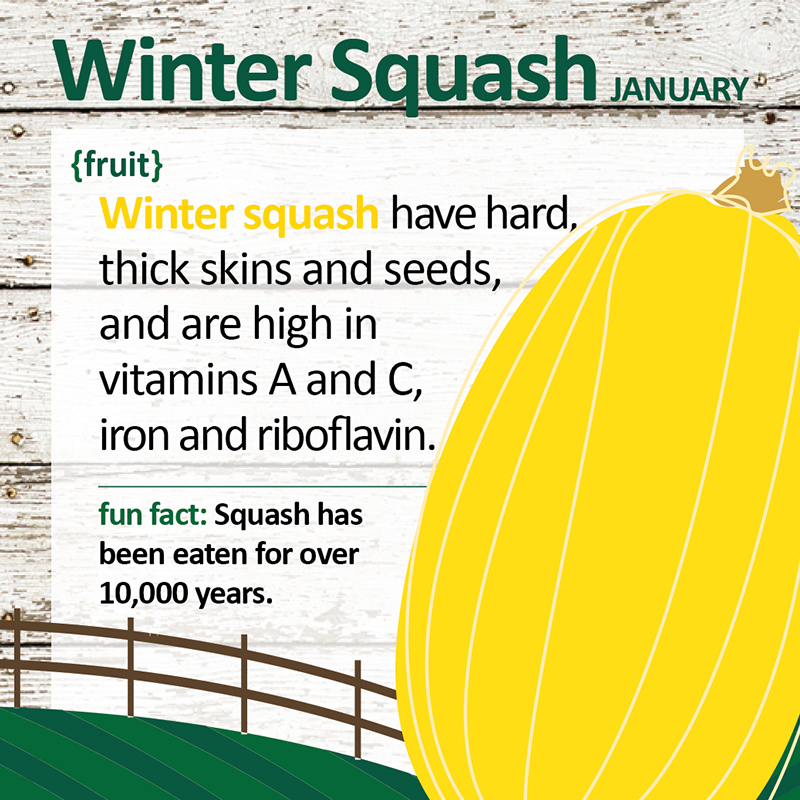
Winter Squash Card
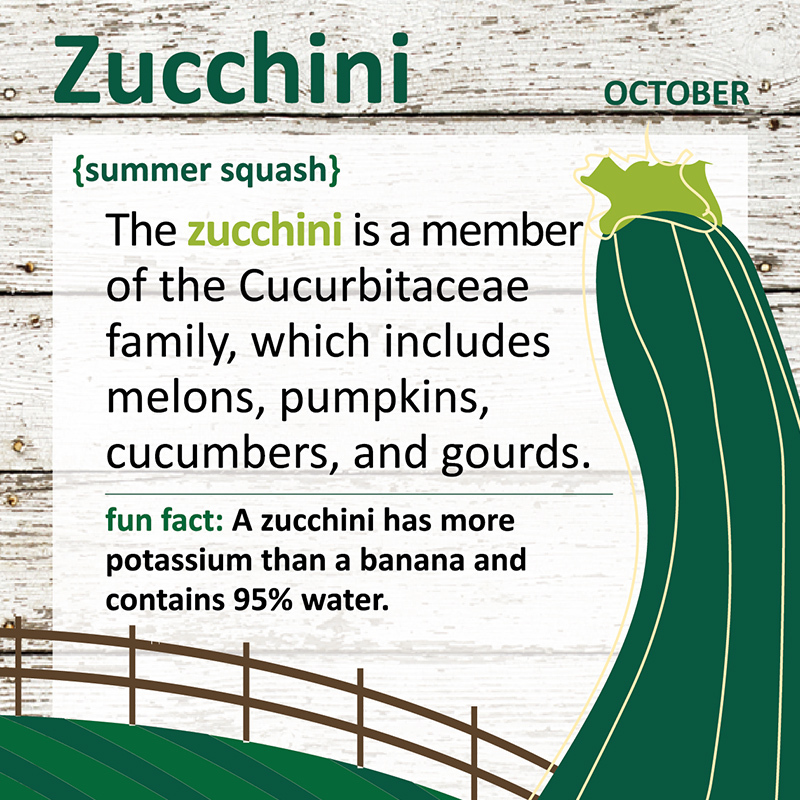
Zucchini Card
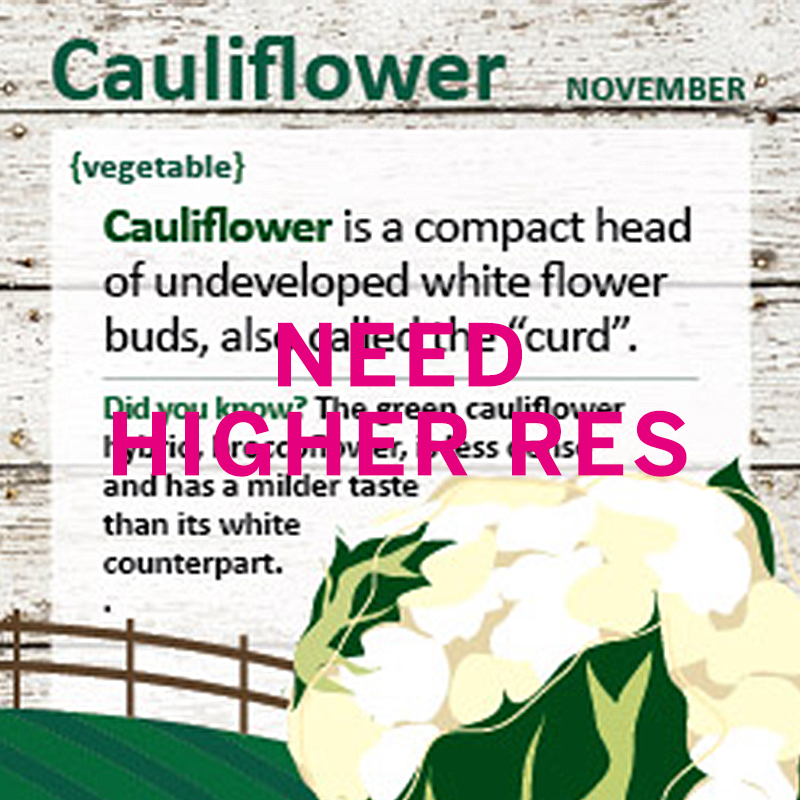
Cauliflower Card
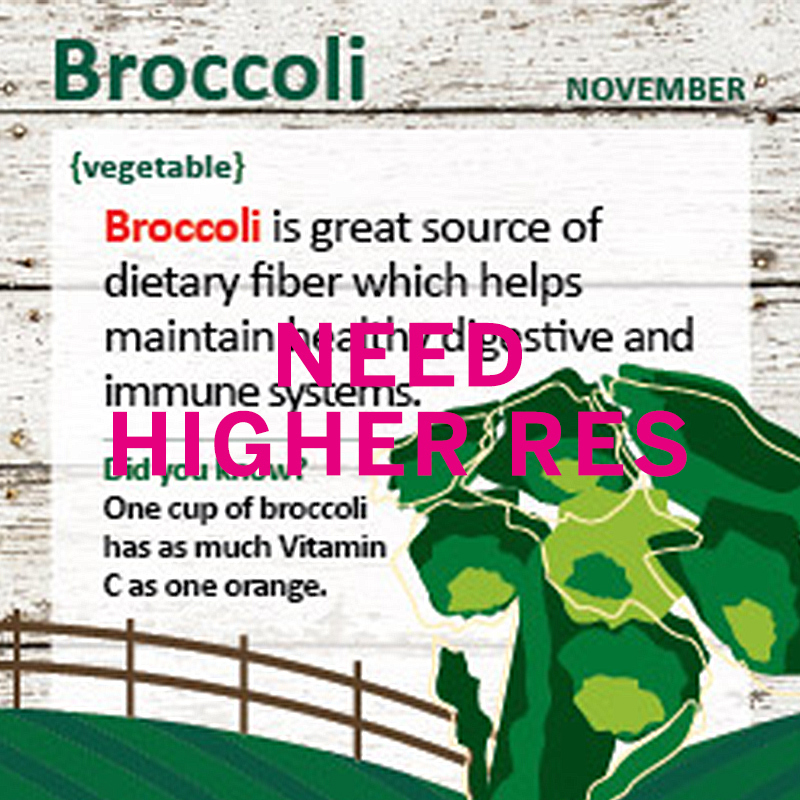
Broccoli Card
*These cards were developed by Boulder Valley School District with support from The Colorado Education Initiative. The project was funded at least in part with Federal funds from the U.S. Department of Agriculture. The contents of this publication do not necessarily reflect the view or policies of the U.S. Department of Agriculture, nor does mention of trade names, commercial products, or organizations imply endorsement by the U.S. Government.
Local Farmer Collector Cards*
Similar to the Harvest of the Month Collector Cards, these Local Farmer Collector Cards are a great educational tool and reward for students. Below are examples from Boulder Valley School District. Team up with farmers where you live to create collector cards that are unique to your district.
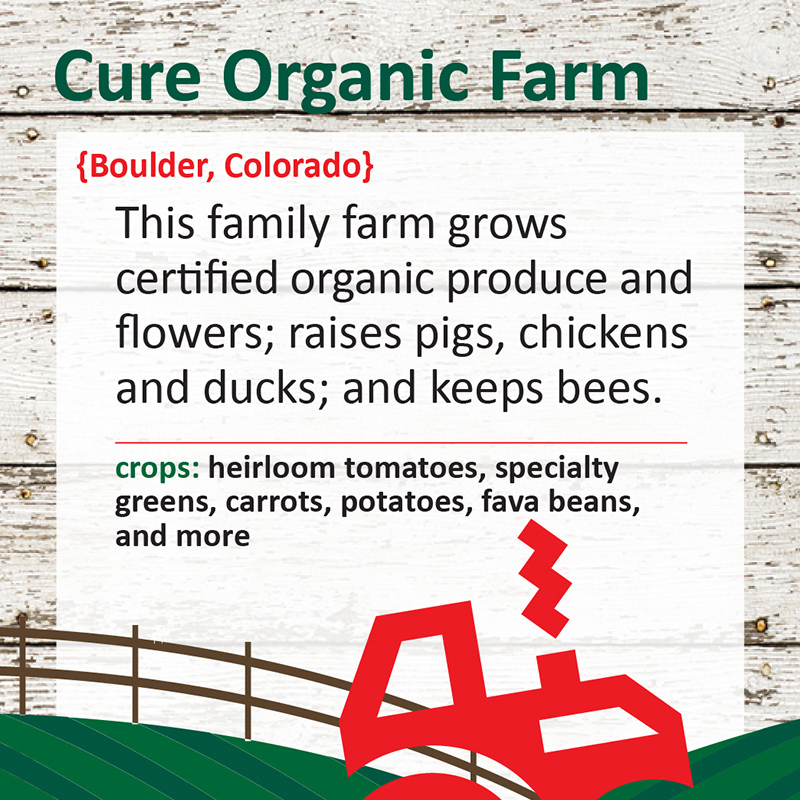
Cure Organic Farm - Boulder, Colorado
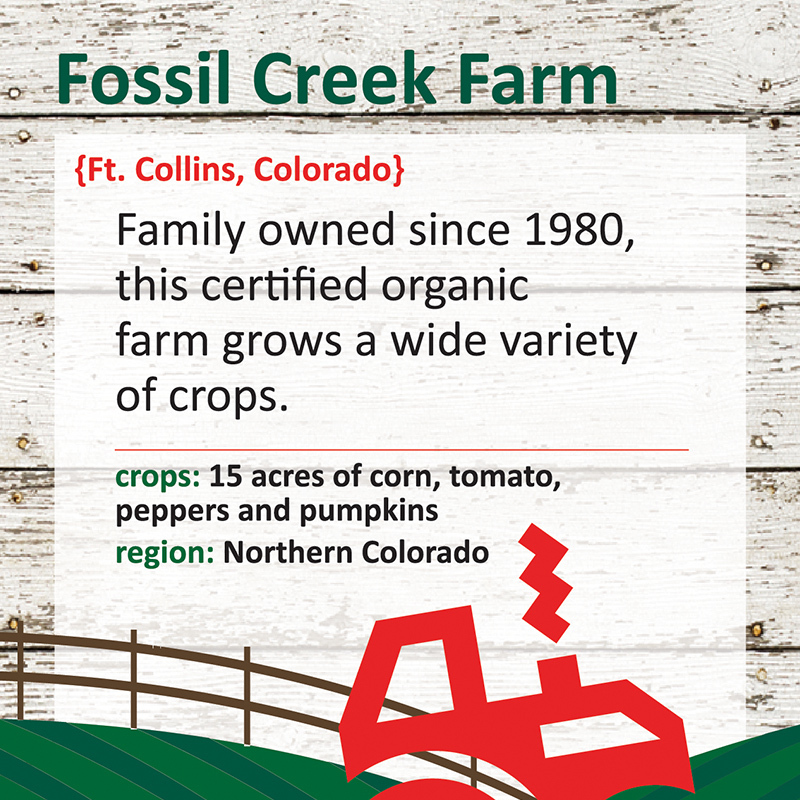
Fossil Creek Farm - Ft. Collins, Colorado
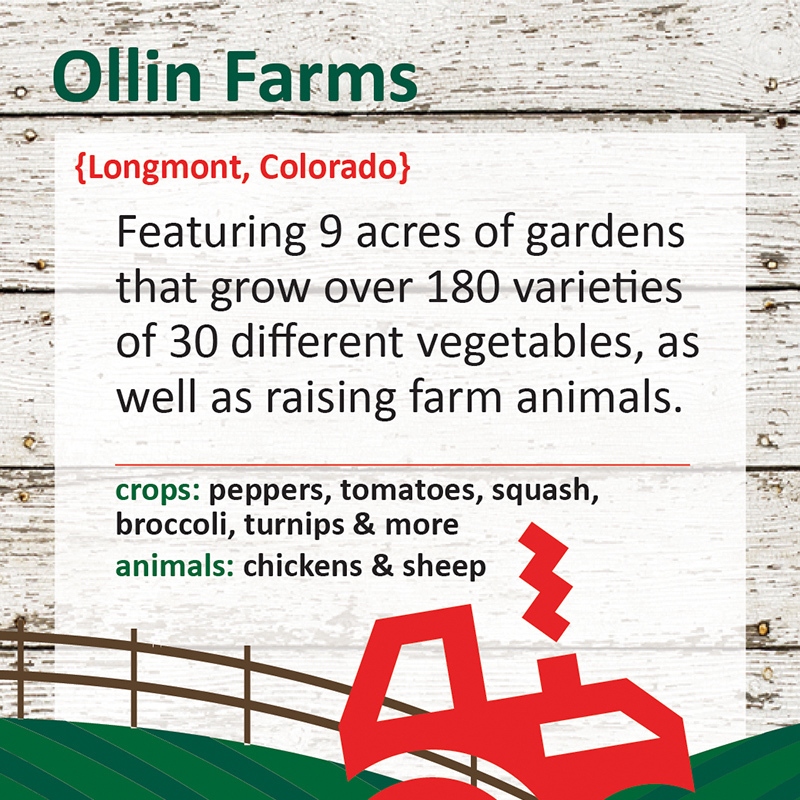
Ollin Farms - Longmont, Colorado
*These cards were developed by Boulder Valley School District with support from The Colorado Education Initiative. The project was funded at least in part with Federal funds from the U.S. Department of Agriculture. The contents of this publication do not necessarily reflect the view or policies of the U.S. Department of Agriculture, nor does mention of trade names, commercial products, or organizations imply endorsement by the U.S. Government.
Local Food Posters
“What Local Food Means to Me” Posters*
Art Contests are an excellent way to engage students in your farm to school initiative. Boulder Valley School District food services collaborated with high school art teachers to have students create posters with the theme “What Local Food Means to Me.” Winning posters were selected, printed, delivered, and posted in all K-12 cafeterias.
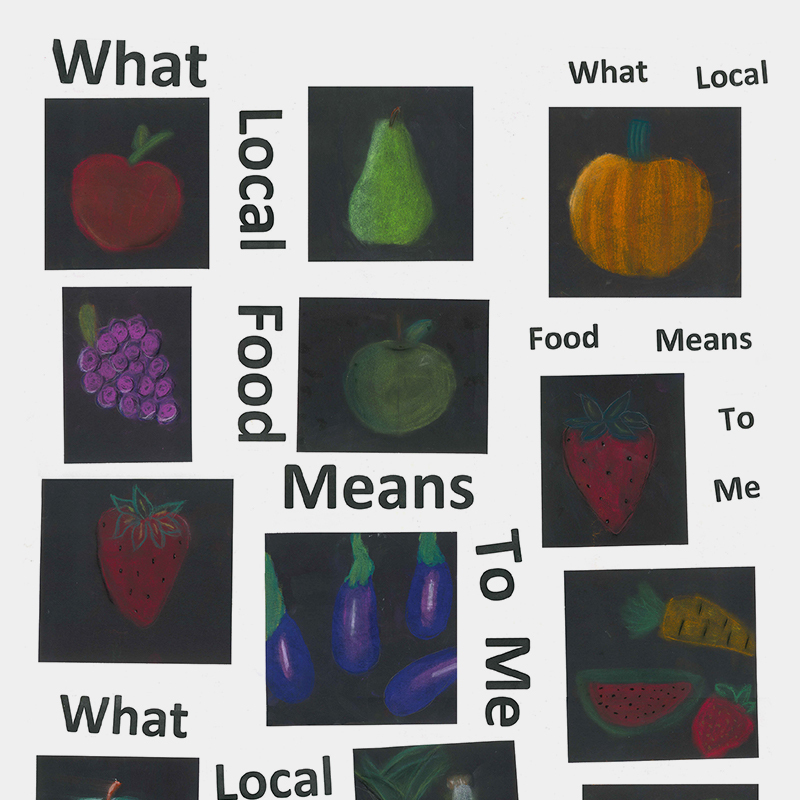
Collage Poster

Produce Stand Poster
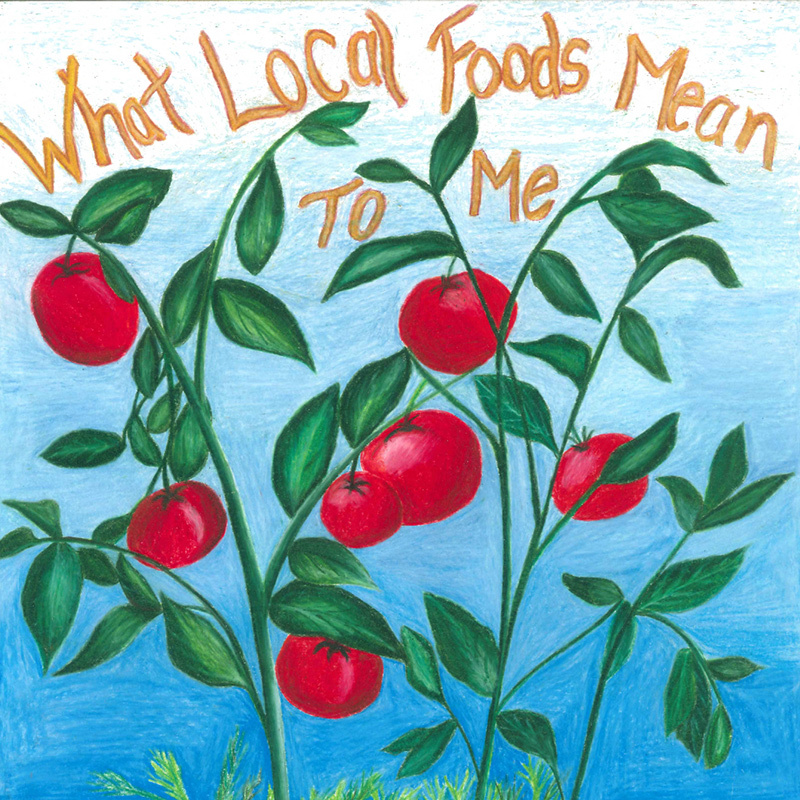
Tomato Plant Poster
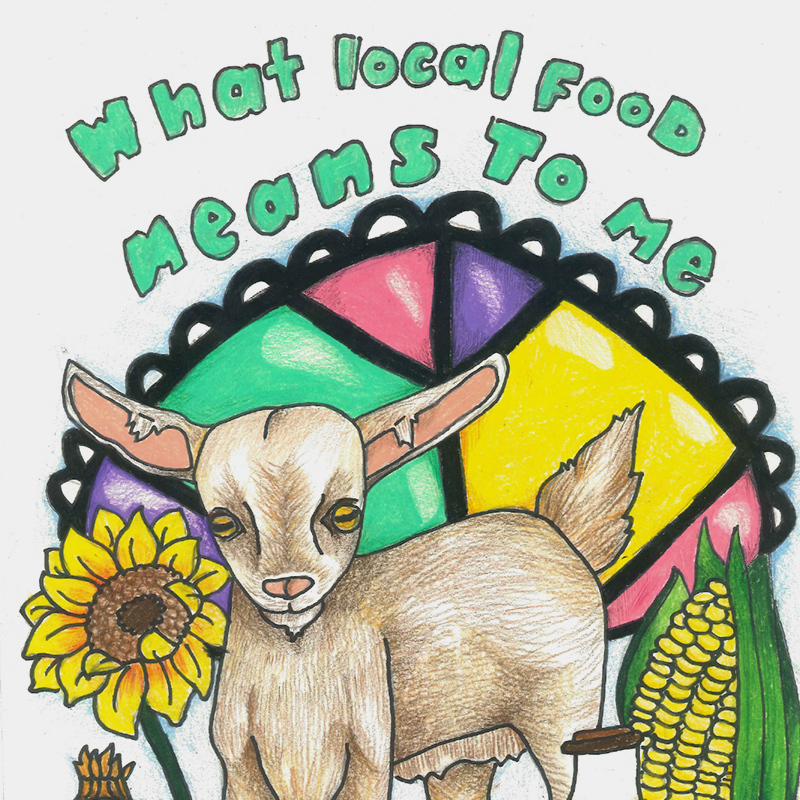
Goat Poster
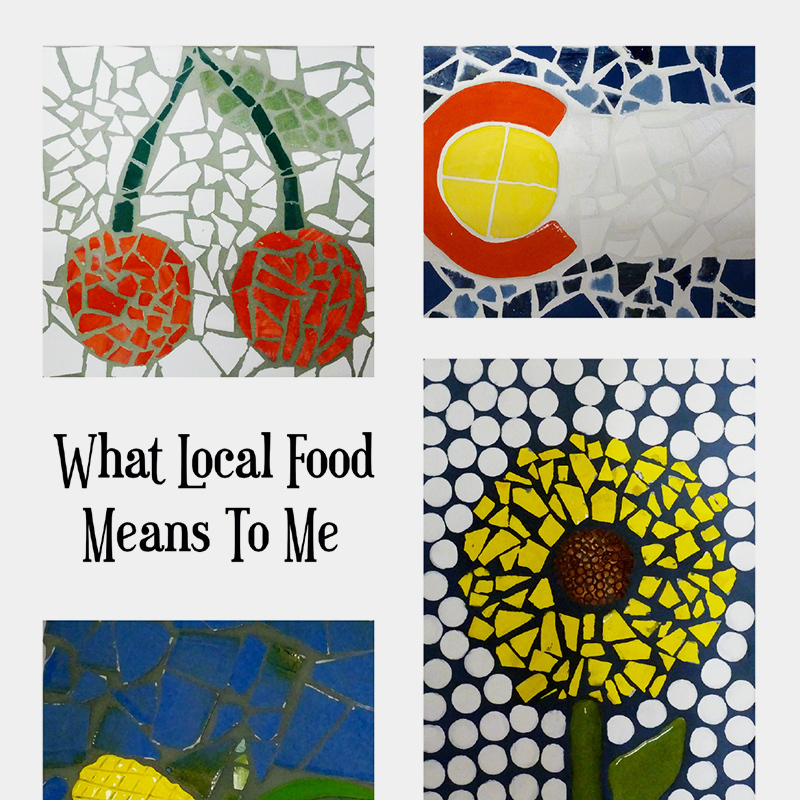
Mosaic Poster
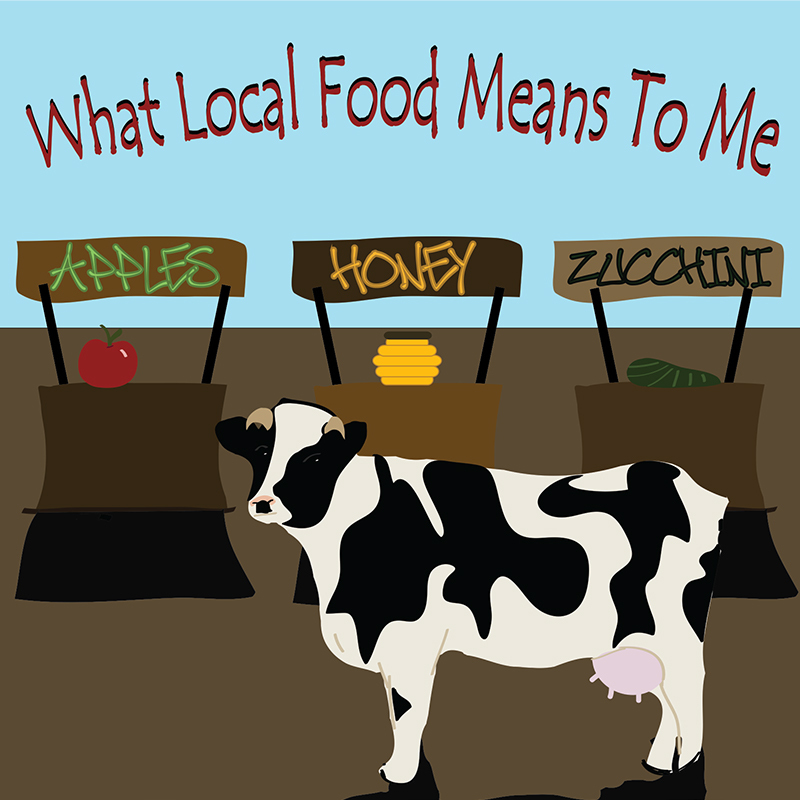
Farm Animals Poster

Water Color Poster
*These posters were developed by Boulder Valley School District. The project was funded at least in part with Federal funds from the U.S. Department of Agriculture. The contents of this publication do not necessarily reflect the view or policies of the U.S. Department of Agriculture, nor does mention of trade names, commercial products, or organizations imply endorsement by the U.S. Government.













